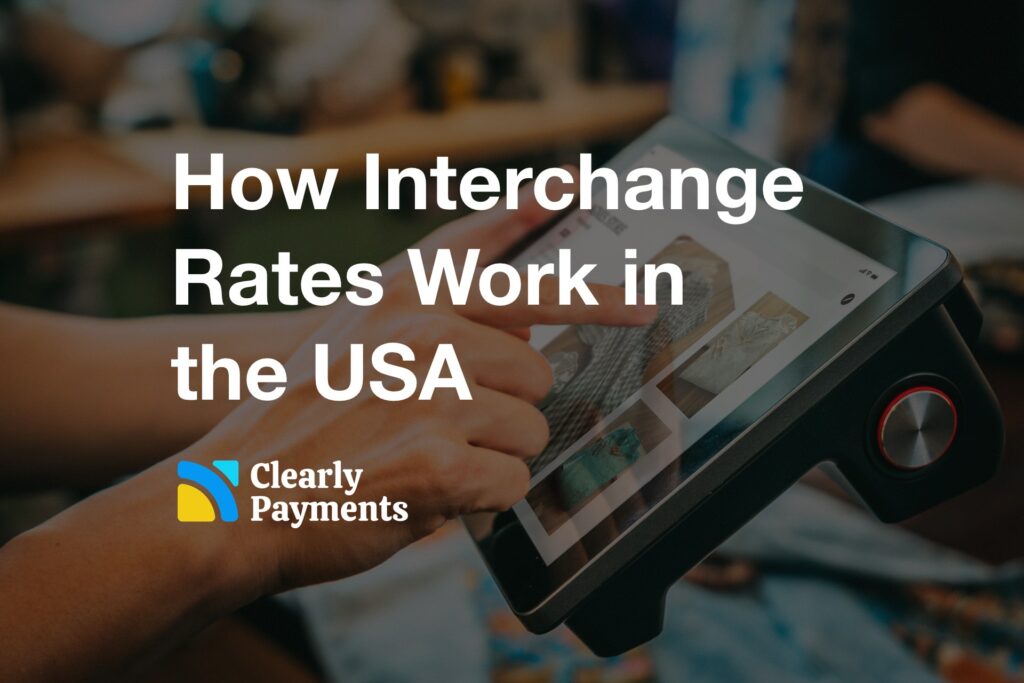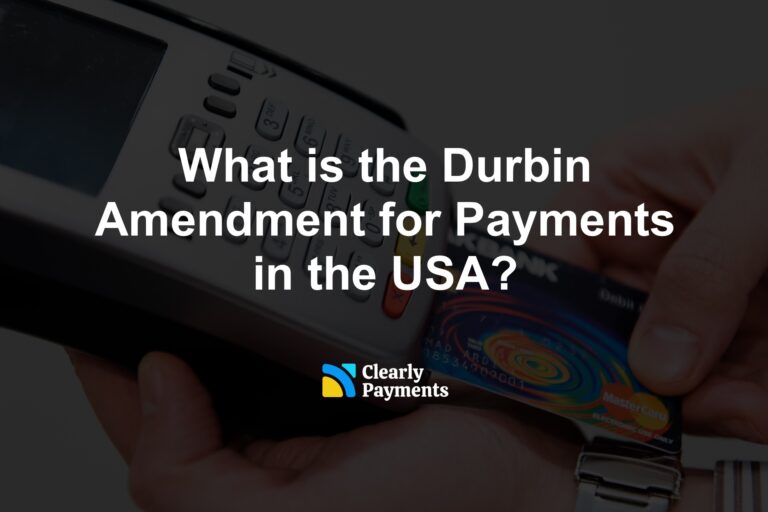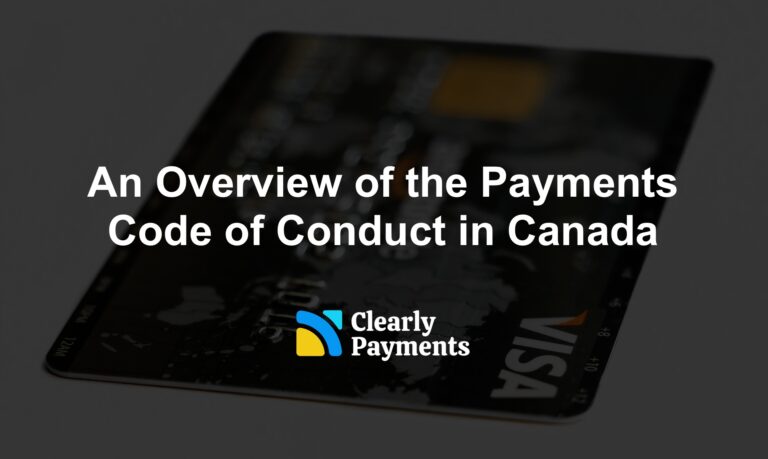Interchange rates are an important component of payment processing globally. They are set by card networks like Visa, Mastercard, and American Express, and they represent the fees that merchants must pay to accept credit and debit card transactions. Each country has their own set of interchange rates. This article focuses on interchange rates in the USA.
What are USA interchange rates?
In the USA, interchange rates are calculated as a percentage of the transaction amount, plus a fixed fee. You can read a full article on how interchange fees work. The exact amount of the interchange fee varies depending on a number of factors, including the type of credit card being used, the type of transaction (e.g. card-present or card-not-present), and the merchant’s industry.
Interchange fees are paid by the acquiring bank (i.e. the bank that processes the payment for the merchant) to the issuing bank (i.e. the bank that issued the card to the customer). The acquiring bank works with a payment processor or ISO to pass on this cost to the merchant in the form of a merchant discount rate (MDR), which is typically a percentage of the transaction amount.
While interchange rates are set by the card networks, they can be influenced by a number of factors. For example, merchants may be able to negotiate lower interchange rates with their payment processor by demonstrating that they have lower levels of fraud or chargebacks.
It’s worth noting that the payment processing landscape in the US is complex and constantly evolving, and there are many different factors that can impact the cost of payment processing for merchants. As such, it’s important for merchants to work with a reputable payment processor like Clearly Payments that can help them navigate the complexities of the payment processing ecosystem and find the most cost-effective solutions for their business.
Read more about the overall payment processing industry in our article on the payments industry overview and value chain.
Who keeps the interchange fees
How much are the interchange rates in USA
Interchange rates in the USA vary depending on a number of factors, including the type of card being used, the type of transaction, and the merchant’s industry (MCC code).
It’s important to note that interchange fees are not the total cost for payment processing. There are also transaction fees and payment processing fees added to it. However, interchange fees are the majority of payment processing fees. Credit card interchange rates in the USA can vary widely depending on the type of credit card being used.
- Visa Traditional Rewards Credit Card: 1.51% + $0.10 per transaction
- Mastercard World Elite Credit Card: 1.80% + $0.10 per transaction
- American Express Platinum Credit Card: 2.60% + $0.10 per transaction
- Visa Card-Not-Present Interchange Rate: 1.80% + $0.10 per transaction
- Mastercard Card-Not-Present Interchange Rate: 1.85% + $0.10 per transaction
It’s important to note that these interchange rates are just a few examples, and there are many other interchange rates that may apply depending on the specifics of the transaction. You can review our page on the USA interchange rates.
Additionally, these rates can change over time as the payment processing landscape evolves, so it’s important for merchants to stay up-to-date on the latest interchange rates and work with a reputable payment processor to ensure they are getting the most cost-effective solution for their business.




